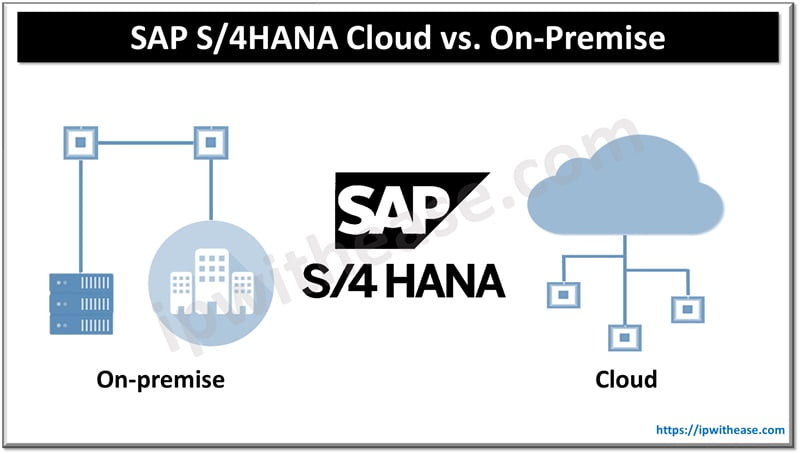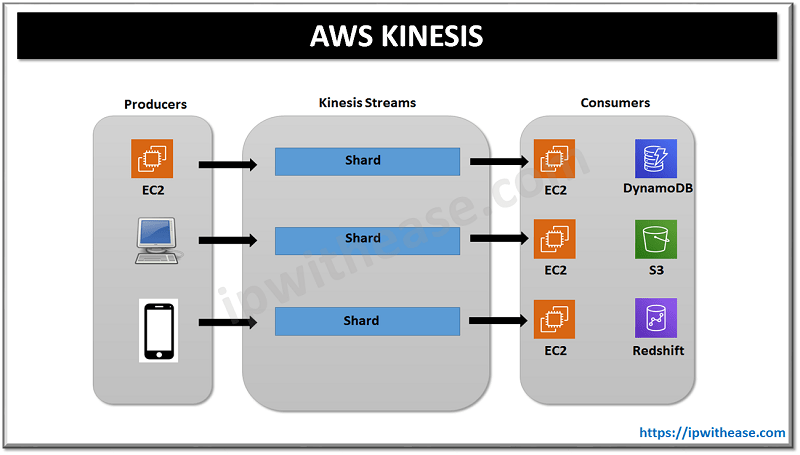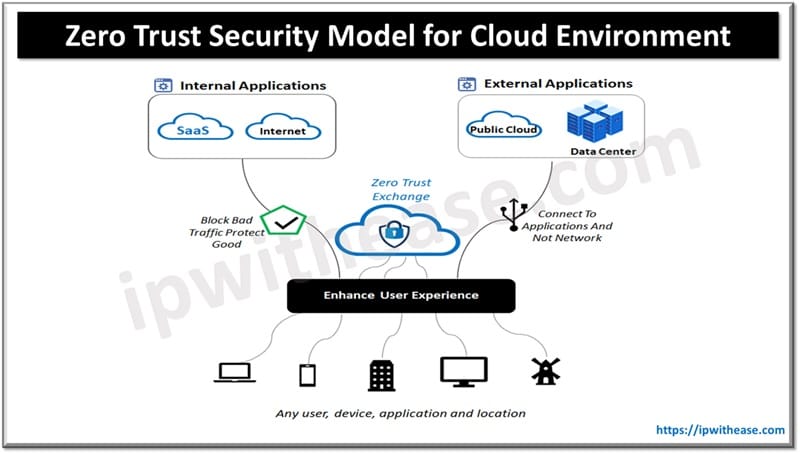Table of Contents:
Selecting a cloud suite for your business can be pretty daunting, especially if you’re unfamiliar with the technology and in the process of migrating. Websites and individuals are abundant offering recommendations on which platform to choose. Among the various recommendations, you’ll frequently come across comparisons between S/4HANA Cloud and On-Premises solutions. People often draw parallels between the two due to certain similarities, but it’s important to note that the disparities between them are significant.
SAP S/4HANA Cloud vs. On-Premise

What is S/4HANA On-Premise?
SAP S/4HANA On-Premise refers to the traditional, locally hosted SAP S/4HANA software suite deployment. It involves running the SAP S/4HANA system on your organization’s servers or data centers. S/4HANA Migration is the process of transitioning from your current SAP environment to the S/4HANA On-Premise solution. It can be a complex undertaking, often requiring the expertise of an SAP Consulting Partner to ensure a smooth and successful migration. These consulting partners provide guidance, support, and services tailored to S/4HANA migrations, assisting businesses in adopting the latest SAP technology effectively.
What is S/4HANA Cloud?
SAP S/4HANA Cloud is a cloud-based version of the SAP S/4HANA software suite. Unlike the traditional on-premises deployment, S/4HANA Cloud is hosted on remote servers and accessed via the internet. It offers the advantages of scalability, agility, and reduced infrastructure management, making it an attractive option for businesses looking to leverage SAP’s enterprise resource planning capabilities without the need for extensive on-site hardware and IT resources. S/4HANA Cloud is designed to provide a more streamlined and up-to-date ERP solution, often with frequent updates and enhancements, making it suitable for organizations looking to stay current with the latest technology and best practices.

Differences between S/4HANA Cloud vs. S/4HANA On-Premise
Deployment
S/4HANA Cloud: The S/4HANA Cloud solution is hosted remotely by SAP, operating in a cloud-based environment. This means your organization doesn’t have to manage the infrastructure, and the system is accessible via the Internet from virtually anywhere. It offers a convenient, off-site solution.
S/4HANA On-Premise: In contrast, S/4HANA On-Premise is hosted on your organization’s own servers or data centers. This grants you full control over your system’s infrastructure, but it also requires your team to manage and maintain the hardware.
Infrastructure
S/4HANA Cloud: The infrastructure for S/4HANA Cloud is handled by SAP. This means you won’t need to worry about server maintenance, hardware upgrades, or data center management. It’s a hassle-free option for businesses that want to focus on their core operations without the burden of IT infrastructure management.
S/4HANA On-Premise: With S/4HANA On-Premise, you are responsible for managing and maintaining your hardware and infrastructure. This provides greater control but also requires more resources and expertise.
Scalability
S/4HANA Cloud: Scalability is a key advantage of the cloud-based solution. You can easily adjust resources and capacity as your organization’s needs evolve, allowing for flexible growth without significant upfront investments.
S/4HANA On-Premise: Scaling on-premises infrastructure requires hardware expansion and setup. This process may take more time and resources compared to the cloud.
Updates and Maintenance
S/4HANA Cloud: SAP manages updates for S/4HANA Cloud, ensuring that your system benefits from the latest features and security patches automatically. This minimizes the need for manual maintenance.
S/4HANA On-Premise: Updates for the on-premise version are typically performed manually, and they tend to be less frequent. Your IT team must take a more hands-on role in keeping the system up to date.
Customization
S/4HANA Cloud: The cloud version provides limited customization options. It is designed as a standardized solution to fit a broad range of businesses, making it less flexible for highly specialized requirements.
S/4HANA On-Premise: On the other hand, S/4HANA On-Premise offers extensive customization capabilities. You can tailor the system to meet specific business needs, making it a suitable choice for industries with unique processes.
Implementation Time
S/4HANA Cloud: Due to reduced setup requirements and the pre-configured nature of the cloud solution, it generally allows for a faster deployment.
S/4HANA On-Premise: In contrast, setting up an on-premise system can take longer due to the need to procure, install, and configure hardware.
Total Cost of Ownership
S/4HANA Cloud: S/4HANA Cloud typically involves lower initial costs, as it doesn’t require extensive investments in hardware and infrastructure.
S/4HANA On-Premise: The on-premise solution often comes with higher initial costs due to the purchase of hardware and infrastructure setup.
Maintenance Effort
S/4HANA Cloud: With SAP managing the infrastructure, your organization’s maintenance effort is minimal. This can free up your IT team to focus on more strategic tasks.
S/4HANA On-Premise: The on-premise solution demands extensive IT maintenance and management as you’ll be responsible for all aspects of infrastructure upkeep.
Accessibility
S/4HANA Cloud: S/4HANA Cloud is accessible via the internet from anywhere with an internet connection. This enables remote work and easy access for users across different locations.
S/4HANA On-Premise: Access to the on-premise solution is limited to within your organization’s network. It doesn’t offer the same level of remote accessibility as the cloud-based option.
In Conclusion
The decision between SAP S/4HANA Cloud and on-premise largely depends on your organization’s unique needs, budget, and preferences. While the cloud version offers agility and ease of management, the on-premise solution provides more control and customization options. Whichever route you choose, partnering with an experienced SAP Consulting Partner will significantly increase the chances of a successful S/4HANA migration and ensure that you get the most out of your ERP investment.
Continue Reading:
What is Cloud Security Posture Management (CSPM)?
ABOUT THE AUTHOR
IPwithease is aimed at sharing knowledge across varied domains like Network, Security, Virtualization, Software, Wireless, etc.



